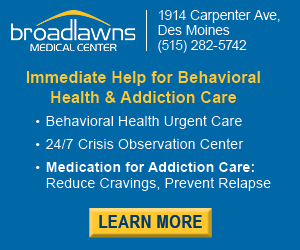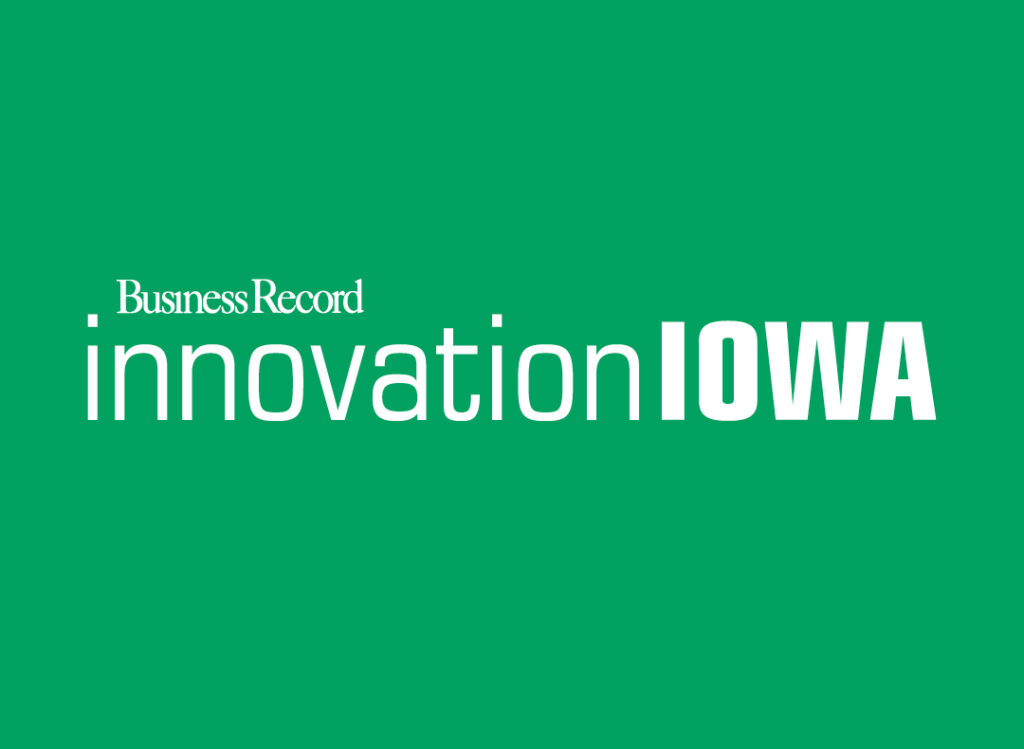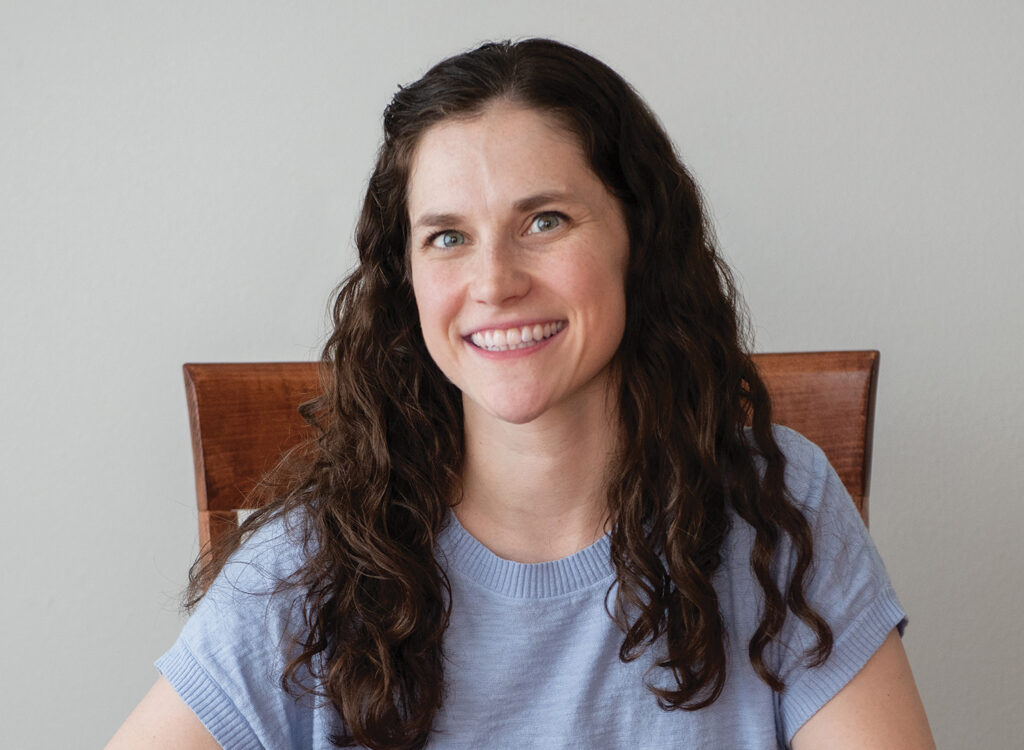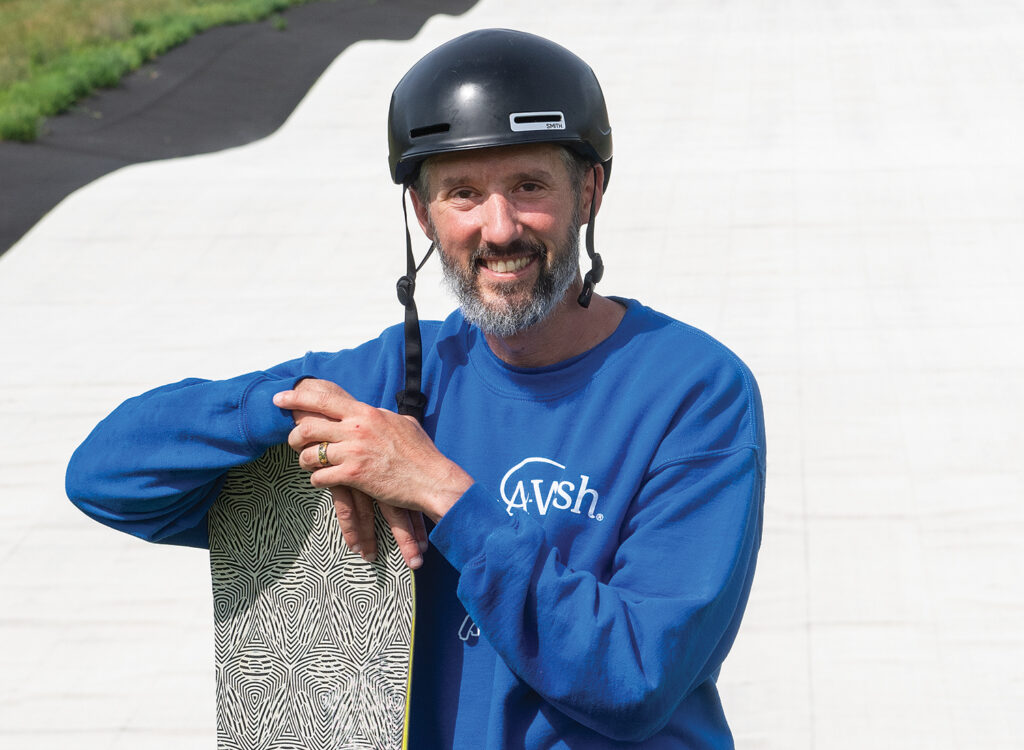‘A powerful combination’
Organizations gain ‘Traction’ using entrepreneurial-oriented model

Before Exile Brewing adopted the Entrepreneurial Operating System about three years ago, there was a fair amount of finger-pointing and miscues going on within the startup company, recalled Exile’s founder, R.J. Tursi.
Developed about 10 years ago by business author Gino Wickman, the EOS program has generated a significant following among Iowa companies that have adopted Wickman’s principles. Exile Brewing, for instance, learned about the program from officials at Kum & Go, who have been using EOS for about the past six years. Among other organizations that have adopted EOS are Willis Auto Group, Kreg Tool and Dowling Catholic High School.
Tursi was among just over 300 business owners and leaders who attended an EOS workshop held by Wickman during the Central Iowa Business Conference hosted by the Urbandale Chamber of Commerce on Oct. 11.
“What’s great about the system is that it combines a lot of the higher-level thinking/culture/strategy stuff with some very well-defined structures and processes,” Tursi said during a break in the workshop. “If you can have both of those things working together properly, it’s a really powerful combination.”
Tursi read Wickman’s book that outlines EOS, “Traction,” about 18 months after launching Exile, which led him and his team to revisit and restructure much of the nascent brewing company’s operations.
The Entrepreneurial Operating System focuses on “Six Key Components” of any business that must be managed and strengthened to be a great business — Vision, People, Data, Issues, Process and Traction. As explained on the EOS website (eosworldwide.com), the system “combines timeless business principles with a set of simple, practical, real-world tools to help entrepreneurs get what they want from their businesses.” Those tools include such items as accountability charts to track who does what, as well as scorecards to record how goals are being met.
Organizations are guided through the EOS process by a certified EOS implementer; the process provides a proven way to put all the pieces together to incorporate each of the EOS tools in the right order to best strengthen each key component of your business. Businesses start out with a 90-minute meeting with an implementer to decide if the process is right for their organization.
The process proved truly eye-opening for Exile Brewing, Tursi said.
“Initially in the first year and a half we had no accountability chart, so there was a lot of finger-pointing that was taking place,” Tursi recalled. “We had some written processes, but not enough and not necessarily the right ones. We didn’t have a scorecard; we weren’t monitoring the right data. After we read the book, it was a complete overhaul of everything we did.”
The most difficult thing to implement, Tursi said, was “discovering those team members who aren’t on board with the vision and the whole process and structure,” which led to some tough personnel decisions.
“That’s always a struggle to lose people or to have to find new people, but ultimately it made the organization a lot stronger,” he said.
Real world, real companies
I spent a portion of the morning listening to the presentation by Wickman. It’s easy to see why he and EOS are so popular — he’s very engaging and animated, and the model is pretty intuitive and easy to understand.
“It’s created in the real world with real companies — there’s no theory here,” Wickman told participants. He said he has personally taken 133 companies through the EOS process and now has about 175 EOS implementers working with organizations worldwide.
Wickman guided the participants while they wrote down five to 15 bullet points about what their organizations will look like three years from now.
“If you can paint a vivid picture of what the company will look like in three years, it’s much easier to think about what needs to happen next year,” he said.
The model appeared to turn some creative wheels for young entrepreneurs in the room, who rather than looking at their phones were busy scribbling notes in their workbooks. Among them was Andrew Pauley, an Iowa State University senior marketing student and the founder of U-Conceal-It. Pauley, whose father is wildlife artist Pat Pauley from Honey Creek, developed a concealable wall safe for firearms that incorporates his dad’s artwork.
“I definitely think (EOS) can help,” Pauley said. “I’ve talked to some people who are here who have used it. I’m at a stage right now where I think a little more guidance could be helpful. A lot of the simplification is helpful; I can over-complicate things. You just need to think about what you need to accomplish and set your goals.”
Alan Richardson, who is one of four certified EOS implementers in Iowa, has guided companies throughout the state in using EOS for the past nine years.
Although EOS’ “sweet spot” is companies with between 10 and 250 employees and from $10 million to $250 million in revenues, it works for companies that are smaller as well as those much bigger, Richardson said. An ISU alum with an MBA from Drake University, Richardson has worked as a consultant to Iowa companies in agribusiness, manufacturing and other sectors for 25 years.
“(EOS) really works, regardless of size,” he said. “The only people it doesn’t work for are those who aren’t open to the process — what we call dictators.”
Nine years ago, virtually no Iowa companies had heard of EOS, whereas when Wickman last came to Greater Des Moines five years ago he spoke to about 1,200 attendees from across the state, which provided a lot of added exposure, Richardson said. Collectively, the four implementers have probably worked with more than 180 companies, he estimated.
The implementation process typically lasts between 18 and 24 months, with an average of 10 sessions before the company “graduates.” Professional EOS implementers charge a minimum of $3,000 per session, and charges can be as high as $8,000 per session in some markets.
Richardson said he’s confident the model will continue to grow in Iowa, both in terms of companies adopting it and implementers providing training. “In Minneapolis there’s about 25 implementers, so Des Moines and Iowa does not have its full potential (of implementers) yet,” he said. Adding to the growth is that churches and nonprofit organizations, including colleges, are increasingly adopting EOS, he said.
Dowling Catholic High School in West Des Moines is among the nonprofit organizations that have adopted EOS. Dan Ryan, who began as Dowling’s president earlier this year, heard Wickman in person for the first time during the business conference.
“I had read the ‘Traction’ book and portions of (Wickman’s) others in preparation for coming to Dowling because they had begun implementing it,” Ryan said. “I enjoyed the book, and tried to picture how the components would be applied. I worked with (former president) Jerry (Deegan) to see what had already been applied and what further needed to be done.”
Now that the school’s primary leadership group has been using EOS for about two years, one of Dowling’s next “Rocks” — or bite-size goals — is to implement the system in other parts of the organization, Ryan said.
“We are a business — a nonprofit business — and in the education field,” he noted. “Most of the language (of EOS) is very business-centered, so sometimes it takes some adaptation to say, what is ‘sales’ in the Catholic school setting? Sometimes it takes a while until everyone is comfortable to how it’s applied and makes sense to them.”
Downtown at Exile Brewing, Tursi’s team is busy executing a three-year vision that’s rolling a lot more barrels of craft beer out the doors.
“We talk about barrelage,” he noted. “In three years we would like to be at 23,000 barrels annually. This year we’ll be at about 11,200 barrels, so there’s a lot of growth there. And we need a larger sales staff — we want to be top-of-mind with all of our distributors.”
I asked a couple of local business consultants who attended Gino Wickman’s workshop what their experience has been with EOS. Here’s what they had to say.
Rita Perea, owner, Rita Perea Leadership Coaching and Consulting
“I’ve been able to adopt pieces of (EOS) regardless of the industry,” Perea said. “Working with marketing teams, because they’re generating so many ideas, many times it’s difficult for them to figure out the most important ideas and executing on them. With one particular marketing team, it became clear they didn’t know what their core values were and how they aligned with the organization’s core values. (After applying EOS concepts), they were then able to crystal-clearly see what they were doing was vital to the organization, almost immediately. It was almost as if a curtain had been lifted and they could see clearly. His whole model is very powerful.”
Roger Stalheim, owner, The Alternative Board – Des Moines Metro
“I picked up the book 10 years ago and started reading it as a business owner running three companies at that time — Iowa Insurance Consultants, JR Homes of Iowa and Karsteim Auto,” Stalheim said. “I began to realize how powerful this book and this model are. So I began implementing it in my companies, and they tripled in size in just a couple of years’ time.”









